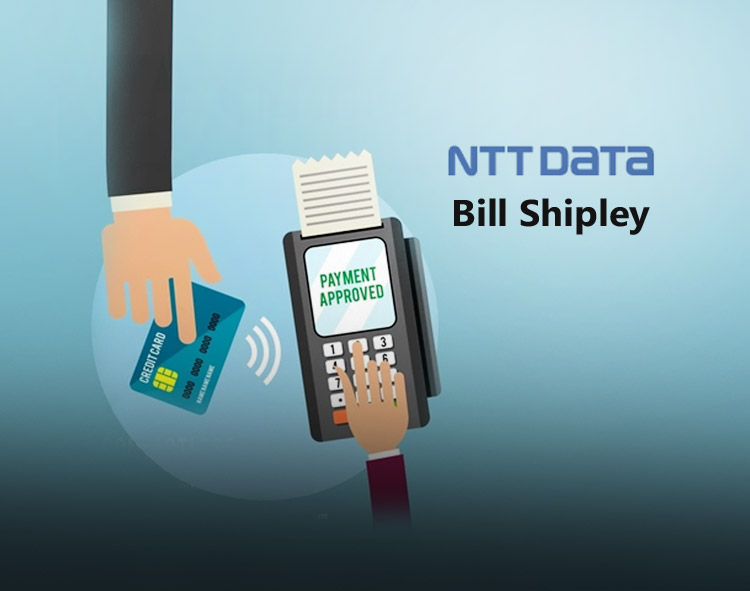Recent research confirmed what most already knew, nobody in the financial services industry was genuinely ready for the magnitude of the impact caused by the pandemic. Yet, we also saw the U.S. financial services industry responded exceptionally well to the physical infrastructure strain of shifting to remote work, as well as to the monetary and fiscal policy actions moving through our banking and payment systems.
Before the COVID-19, the U.S. saw modest growth in the use of contactless payments, but as the pandemic continues, people are looking for ways to stay safe while conducting commerce, especially when interacting at the Point of Sale (POS). Paying for things at the point of sale is one interaction that is fraught with risk, and handling cash can transmit germs. This has created several shifts in the retail payments landscape, including a significant drop in POS transactions, the reluctance to interact with a cashier, and other unanticipated consequences such as coin shortages
Read More: The Influence of Mobile Apps WeChat Pay and Alipay Extends Far Beyond China’s Borders
Now, with the roll-out of EMV Standards providing the infrastructural readiness, merchants are upgrading their POS platforms as a result. This has resulted in a renewed push by issuers to roll-out dual interface debit/credit cards (i.e., credit or debit cards with embedded chips that enable them to be used in both contact and contactless transactions as consumers continue the mass adoption of smartphones with imbedded digital wallets. In fact, Apple’s iPhone, with its embedded Apply Pay Wallet, blazed the trail for this trend and forced many market participants to respond.
As contactless payment adoption in the U.S. is growing, a clear understanding of its value propositions and relationship to the existing payment stakeholders is critical – especially for these five audiences:
Cardholders
Consumers are expressing a deep desire for contactless payments in-stores, following the advice from health professionals. Arguably, contactless cards provide improved levels of security, convenience, and speed. Dual-interface cards allow payment without additional effort; Paying with a smartphone requires users to take a few extra steps. However, one of the current challenges is that many consumers are not aware of how much easier it is or how to use it at all.
Efforts to drive awareness among consumers range from POS signage to staff actively advising them on how to use the capability to promote social distancing. The pandemic is an opportunity to foster this change in behavior.
Merchants
While almost 80% of merchants are capable of accepting contactless card payments, many don’t have this capability enabled, especially small businesses. The concern for many merchants is the potential vulnerability in a contactless environment at the physical point-of-sale where the firmware in the POS terminal encrypts card data. Many merchants accepting contactless payments rely on transmission-level encryption, which encrypts card data only as it moves from the POS terminal to the processor, but not secure end-to-end encryption.
One key to adoption is having a well-defined fallback position if the cardholder interface fails or hits limits. For instance, merchants that don’t accept tap-and-pay need a process to account for the increased time-in-line when the card needs to be swiped or inserted into the POS terminal.
Acquirers
Dual Interface Card contactless payment methods are mostly a new development – only approximately 5% penetration as of 2018 – and should rapidly increase as acquirers continue converting to merchant contactless capabilities. Previously un-carded transactions will contribute incremental volume as contactless card issuance ramps, further incentivizing merchant acquirers to put more resources into selling contactless terminals into merchants.
To foster this acceptance landscape, merchant acquirers must continuously be aware of emerging and disruptive technologies and when their adoption reaches a fulcrum, such as with contactless payments. At that point, acquires can differentiate themselves, such as integrating a loyalty platform with a mobile wallet offering, before the innovation becomes commoditized.
Networks
Within mature markets with high card penetration, such as the U.S., contactless payments are an essential driver of transaction growth. A pre-pandemic study on the shift in consumer small-dollar spending behaviors points to a 10% growth rate in new transaction volumes. For contactless payments, additional security is enabled, both on the contactless device as well as in the processing network and system, to prevent fraud. Finally, to help support the pandemic related growth, the card brands and issuers have raised transaction limits for contactless payments.
Similar to acquirers’ support of multiple platforms, to help drive adoption, the networks need to support a multitude of payment types. These solutions not only enable authorization and authentication, but also support both credit card and ACH, as well as mobile apps, ecommerce, and person-to-person payments.
Issuers
Contactless payments are still a new area of market growth. But with the card brands and issuers aggressively pushing dual interface cards, with Visa projecting 300 Million Contactless Visa Cards in cardholders’ hands by the end of 2020. While issuers face a higher cost for those cards ($5 per card vs. $2-3 per card without contactless capabilities), estimates show contactless transaction yields have the potential to be 2x higher than of an average-sized transaction for the next 2-3 years.
While some issuers are conducting re-issuance of multi-million card portfolios, a more tactical approach focusing on a very different set of variables, such as those related to “emerging hygiene-centric value proposition,” and will maximize the ROI on a contactless conversion.
Read More: German Peer-to-peer Lender auxmoney Raises €150 Million
The pandemic has created a tectonic shift in the retail payments landscape. The current POS payment landscape radically altered and contactless payments enable transactions to take place while maintaining social distance. Players in the payments ecosystem must act now to forge a new foundation for growth in mobile wallets and contactless card payments.
